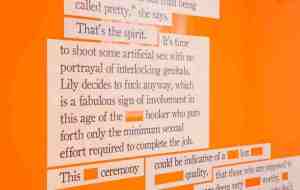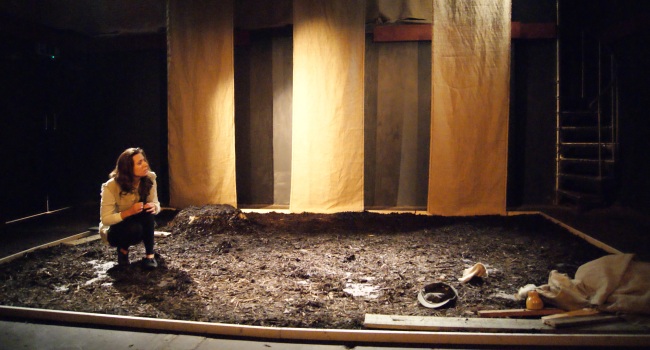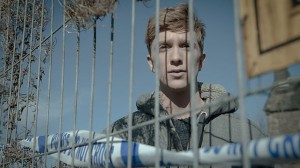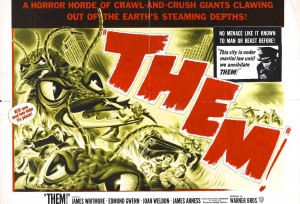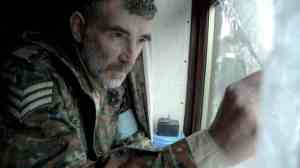J Mase III is an NYC-based black trans performance poet and humourist, formerly of Philly currently visiting the UK. He is author of the chapbook: If I Should Die Under the Knife, Tell My Kidney I was the Fiercest Poet Around, creator of the performance series Cupid Ain’t @#$%!: An Anti-Valentine’s Day Poetry Movement and gigging at venues across London.
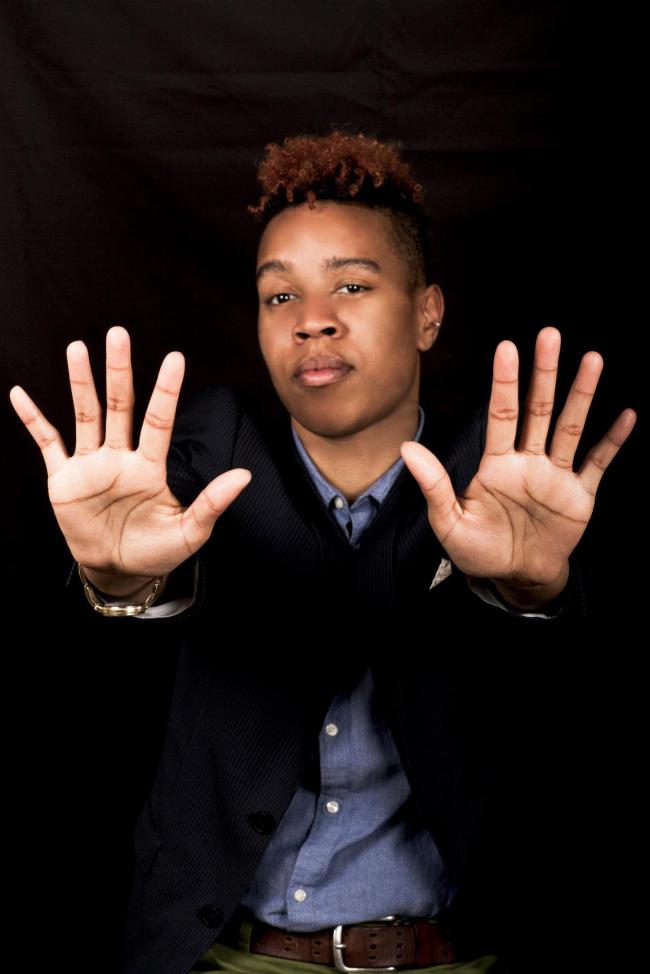
As well as being a performer, J Mase is also known for his outreach work, and it’s something he touches on quite often when explaining his passion for social change. Working with all ages and professions, J Mase brings LGBTQ issues into predominantly straight spaces through workshops and teaching.
He’s also spent a lot of time organising work within religious communities; ones that have very specifically anti-LGBTQ policies. That might sound scary; the very definition of a ‘Tough Crowd’ you might think, but to J Mase it’s an important part of engaging the sceptical. As he says, “I believe in the principles of non-violence, and I believe in meeting people in their places as I expect them to meet me in mine. It is a big contribution to my fearlessness as a performer though!”
This is a fair summary of what it’s like to talk to J Mase; he’s passionate and serious but never overly earnest or indulgent. He has a deep love for what he does and a sense of humour about it too, and his hunger for lively discussion is positively infectious…
Hello J Mase, welcome to London! Is this your first visit to the UK?
I visited Scotland once about 10 years ago, but yeah, this is my first trip here in a professional capacity, and the first time I’ve visited London!
We’re not known for being the friendliest of cities…how have you found us so far?
Well I just moved to New York from the magical land of Philly, so someone really has to go out of their way to make me think they’re being unfriendly! (Laughs) But so far it’s been great, really, everyone’s been super friendly.
And you’ve just done a gig here for UK Black Pride as well. How did you get on?
It was awesome; really a fantastic atmosphere and everyone had this great energy. I’ve been to a few Black Pride events in the States; my favourite one is in Philly of course, and I think it’s important to have those kinds of events. It’s one thing to talk about being LGBTQ; it’s another to be able to talk about it from within your own cultural context.
How important is that sense of community when it comes to race and being LGBTQ? Would you say that being black and having a trans identity comes with its own particular challenges?
The implications of being of those identities in some ways depends on where you live. For example, if you live in a predominately black or people of colour space and all of the LGBTQ people you know are of colour, there may not be any dissonance there. However, if you are like me, maybe you grew up in a space where the first LGBTQ people you knew were all white, or from a different background, or weren’t accepted. In that case, finding not just LGBTQ people are important, but people that share your language, music, food, values…That look like you, are role models, etc. It’s the same as when we think of young people in schools. Walk into a school in which the students are told they are valuable, smart and capable; those kids will have so much push because someone granted them the privilege of being told they mattered. Walk into a school in which the students are told they are dumb, or violent, or damaged; those kids have a much bigger hill to climb. We all need to feel like we matter and we have a right to it. Black Pride events, I believe do that for people, especially in a society that often values a particular type of white, middle-class, able-bodied, (etc.) LGBTQ narrative.
And have race considerations affected any of your major decisions, would you say?
I think the sense of racial and ethnic identity impacts many people’s decisions on a daily basis. Most are just unaware of it. At an earlier stage in my career I had to make a decision between moving from Philly, where there’s a 40 per cent black population, to either New York, or a state in the Midwestern US. At the time, a white friend said that despite the low percentage of black people in the Midwestern location, there was no reason I couldn’t be accepted there. I told them there is a difference between being accepted, and being understood. If I’m going to choose somewhere to live and find community, I want to be able to walk into a room of my peers there and be confident of being understood; of having those common cultural markers to draw on. I have no problem entering unfamiliar spaces as part of my work, but if it’s a personal choice about my life and where I want to be, that need for community does come into it. Being able to take ownership of your own representation socially is important. In my work, especially as a performance producer, I always make sure I am engaging artists from various racial and ethnic backgrounds intentionally because that sense of being understood and identity is crucial for many of us; especially for many folks of colour.
How important is audience engagement to you as a performer? Is it something you like to feed off or challenge for example?
It’s something I’m very aware of when I’m performing and it varies depending on the space I’m in. Sometimes there are audiences who are with me from the beginning, sometimes there are people I can feel are getting it now who maybe weren’t getting it three minutes ago; there’s a lot of variations. I like to use a lot of call and response in my performances, perhaps because of my Baptist roots! So that’s a good tool for getting audiences involved. With performance the opportunity for social justice and change is huge, so I’m particularly conscious of that when it comes to certain types of audiences. There are some festivals where I can be fairly confident I’ll be the only trans performer they’ll see all year, so I want to make it count, and really get them to think about how they see gender.
Is that challenging of perspective something that occurs more often in mainstream spaces?
Not always. I actually put a lot of energy into trying to get Queer spaces to think more about how they consider gender, and transness in particular. In a lot of queer events, the only transpeople you will see on stage are the transwomen who are good enough to be the drag entertainment for the night, but not the trusted keynote speaker. The message that gets sent is that transpeople get to be the decoration to show how awesome and vibrant the LGBTQ community is, but it is a rarity that our voices are welcome into the LGB community’s everyday lives.
I do have a slightly devil’s advocate-y question: in some of your work; Neighbor for example, the tone is very oppositional. Do you think LGBTQ art is often forced to take that oppositional voice, or is it more of a choice?
I’d say it’s a balancing act, because with being LGBTQ, being of colour or part of any “oppressed group”, there will inevitably be quite a lot of justifiable anger and frustration feeding into the kind of work you make. That’s one reason I like to use a lot of humour in my work, such as the piece you mentioned. When I look at my white counterparts in performance poetry for example, I see a lot more acceptance of white voices being allowed to be funny. As performance poets of colour, I see an often immense pressure for us to be the voice of opposition, of anger and humour is seen as a bit incongruous with that. I interrogate that a lot with my performances, and in my outreach work as well: how do we talk about social justice in a way that doesn’t tell a kid who’s figuring out their own racial or LGBTQ identity, facing that type of prejudice that being liberated doesn’t mean a life relegated to pain and anger? At what point can we be responsible in our delivery and allowed to sometimes be…happy? We want that kid to hear us and know that we all have anger, and there is a time for that; we also have a responsibility to ourselves and our community to find the joy in being who we are.
Additionally, I think so many of us are quick to write off another person because they don’t understand their own privilege. The truth is, we all have privilege in some context. Just as I want someone to be gracious with me as someone who was raised middle class, able-bodied, by a parent that went to college, I want to acknowledge that people with privileges I don’t have are not necessarily awful people. They are individuals who may not know the damage they are causing or benefiting from. When I have the energy and the grace to do it, I’d like to make sure I can speak to them, as I would want someone to challenge and affirm me in my growth.
So can an angry voice be counterproductive?
I believe that anger has an important role to play within making socially conscious performance art, but it’s important that it’s not the only tone we take. I am human and I have a right to all my emotions just as we all do, but I think it’s important to show that I don’t have to be angry in order to be educated about my topic. We can be playful and responsible at the same time. If all I’m doing is showing anger at the person who oppresses me, it shuts down a conversation which could move things forward. An angry voice can be effective for the person that needs to purge. Sometimes we must ask: now what?
How do you see LGBTQ performance art in relation to mainstream theatre? Do you think it’s becoming more integrated or does LGBT art still occupy a space that is very ‘Other’?
I don’t know about the mainstream, but I know that within the LGBTQ community, not all of our identities have equal visibility as we have been discussing. For example, the first time I have been ever asked, as a transmasculine person, to share work as part of an exclusively queer men’s event was just this past year. Meanwhile, I’m consistently invited to perform at women’s events, where much of the dominant discussion has been ‘We don’t understand transfolks’. For me this has become even more painfully obvious when women’s spaces have invited me, but not any transfeminine folks, who are actually readily identifying within women’s spaces, to participate. I’ve been performing for 10 years; it’s not ok for groups supposedly engaging with trans identities for this long to still not understand! The conversation should have moved on more in that time. So I think that even communities that want to engage with transfolks, or believe they are, can fall a little short. We as LGBTQ folk can sometimes feel we don’t have a responsibility to learn more about the entire community. Just because we’re aware of what LGBTQ stands for doesn’t mean we don’t have to interrogate it further and research it for our own sake.
So where would you position your own work in relation to that? Do you strive for integration, a more powerful oppositional voice, greater awareness of the different voices that are out there? All three?
I don’t need integration; I just need to feel that my rights as a trans person are protected, not merely fuelled by the government, but by the folks with whom I share community. I am also interested in furthering allyship and community responsibility through my poetry and the way I organize performances. For example, I believe there needs to be more discussion about not just how sexism and patriarchy impacts non-trans/straight/women, but a discussion about what masculinity and manhood means and how that impacts folks of various genders and sexualities along the masculine spectrum as well. So, I started organizing a performance series called “Patriarchal Rites” which specifically does three things: 1. Creates a space where transfolks and queer cismen can share their work alongside their straight cisgender male counterparts in affirming spaces. 2. Intentionally recruits and affirms straight cismen in creating work that addresses masculinity/homo-bi-transphobias/and sexism in public. 3. Brings together an audience that might not typically interact with each other. As a performer and as a producer of shows, my art doesn’t just stop at what I have written on the page, but asks how I can ensure my audience will come away with the most impact during and after a show.
So all three, really?
I guess so, yes. I firmly believe that social justice happens on three levels: Through the head, the heart, and the feet. You have to engage people on an intellectual level, through education and discussion; on an emotional level through art and spirituality, the heart; and finally through the feet by organizing together as a community! It’s been my mantra since I was 18 or 19…Nerdy, I know!
So what’s next for you? Would you like to do more international touring? Europe perhaps?
Absolutely, I’d love to do more touring. My plan this year is to get to South Africa for Soweto Black Pride in September; that will be amazing. And I definitely want to come back to the UK too! I also want to bring Cupid Ain’t @#$%!, a performance series I have been running, here as well!
And finally, do you have any parting words for your new British fans?
Thanks for reaching out! I look forward to coming back again and carrying on the LGBTQ discussion with as many of you as possible, and hope you bring some new people along too. And if they’re cute, that’s even better! (Laughs)
J Mase III is in London until Saturday and will be performing at Genesis Live Poetry Slam at Genesis Cinema, Thursday 4th July, and Lipped Ink at the Poetry Café, Friday 5th July. J Mase’s book is also newly available from Gay’s The Word bookshop near Tavistock Square, for £7. See www.jmaseiii.com for more from Mase, and while we’re plugging things, why not follow us as well? @TheatreLGBT, you know. Get on board!



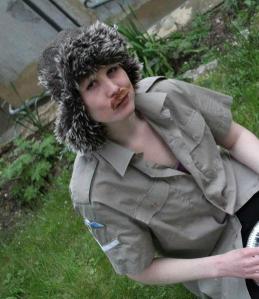

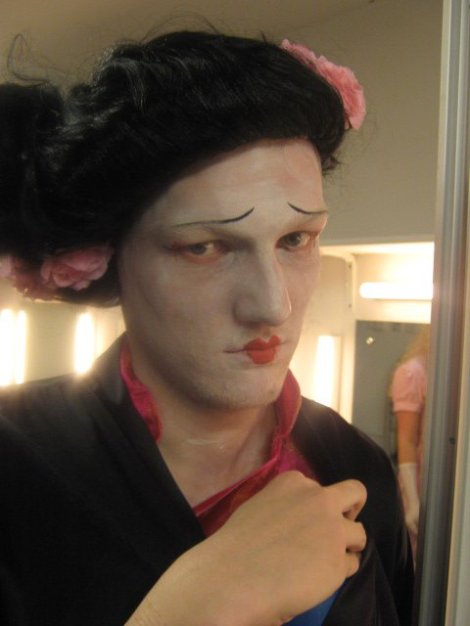
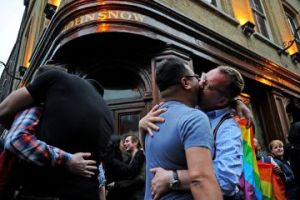
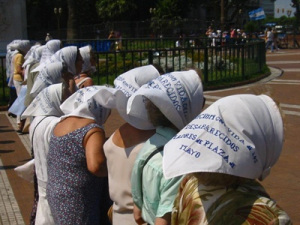
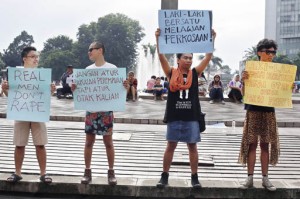
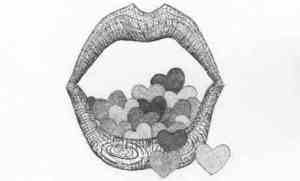
 One of Chadwick’s most famous works, Piss Flowers is a series of casts made from the cavities created when she and her boyfriend urinated in the snow. As well as exploring how transgressive behaviour can be elegant and beautiful, the piece also has some interesting perspectives on physicality and gender. It is Chadwick’s urine that creates the central stamen of the flower, the penis if you like, and we imaginatively associate her body with power and forthright action. The labial petals are cast from her partner’s stream, connecting his male body with light touches and decoration, usually considered feminine traits. The way this artwork plays with ideas of what male and female bodies naturally do, as opposed to what we prescribe them to do, is what draws me to it. That, and the fact it has piss in the title.
One of Chadwick’s most famous works, Piss Flowers is a series of casts made from the cavities created when she and her boyfriend urinated in the snow. As well as exploring how transgressive behaviour can be elegant and beautiful, the piece also has some interesting perspectives on physicality and gender. It is Chadwick’s urine that creates the central stamen of the flower, the penis if you like, and we imaginatively associate her body with power and forthright action. The labial petals are cast from her partner’s stream, connecting his male body with light touches and decoration, usually considered feminine traits. The way this artwork plays with ideas of what male and female bodies naturally do, as opposed to what we prescribe them to do, is what draws me to it. That, and the fact it has piss in the title.